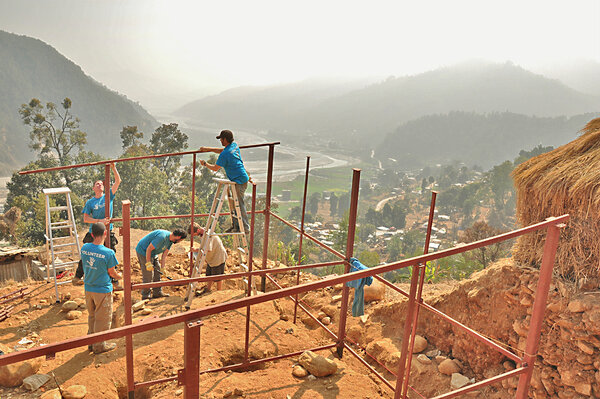MABALACAT CITY --- In observance of the National Disaster Consciousness Month, Senator Loren Legarda has renewed her call to make disaster prevention and preparedness a way of life.
“When we reduce disaster risks and we are all prepared, informed and equipped, natural hazards like typhoons, earthquakes, tsunamis, storm surges, will not turn into disasters,” said Legarda, UNISDR Champion for Global Resilience.
“For instance, a magnitude 7.2 earthquake will not cause deaths or damage if there are no buildings on the fault line or if buildings and structures are built to withstand such a strong earthquake. A storm surge will not turn into a disaster if there are no settlements near the coastlines, or if there are enough mangroves to serve as buffer, or if residents are evacuated ahead of time, disaster management agencies give timely advisories and people follow the warnings,” she said.
Legarda stressed that there are many ways to prevent disasters. “We may be vulnerable to natural hazards and the effects of climate change, but we do not have to be helpless. We must be in control, we must be proactive, we must take urgent action.”
The Senator reiterated key lessons from previous disasters, which should guide the country toward strengthening disaster risk reduction and management.
First, we must focus on managing the risks rather than managing disasters. Disaster risk management should not be carried out only right before calamities happen. Local government units (LGUs) should be at the forefront of the planning, preparation and execution of the plans to provide an effective “first line of defense” against disaster risks. Funds should be sufficiently allocated. Cooperation among local and national governments, businesses, and the communities is imperative.
Second, we must let science work for our communities. The best solutions are possible only with the guidance of science, which is essential to develop land use plans that are risk sensitive. Accurate scientific data is needed to design practical solutions and communicate the risks to the people because knowing when, where and in what magnitude a typhoon will strike is fundamental to keeping our people prepared.
Third, everyone should be disaster-literate. We need to know and understand the risks. Everybody should be part of the solution and action needs to come from the communities themselves. Early and mandatory evacuation would be useless if the people do not understand the need for such efforts. Raising public awareness should be made to resonate loudly and as far deep into the communities as possible.
Fourth, we must protect our environment and pursue green urban development. We need to go back to the basics: protect our ecosystems and natural buffers such as mangrove forests to mitigate floods, storm surges and other hazards. Design and enforce building standards to address future hazards, not past ones.
Fifth, prepare adequately and engage. While disaster prevention should be the greater focus of our efforts, response preparedness is likewise important to prevent further casualties and reduce losses. Contingency plans are crucial in times of disasters. LGUs must have the political will to implement forced evacuation when called for.
Legarda has been engaged in efforts to raise awareness and educate government agencies, private sector, and citizens on disaster prevention and preparedness.
In 2011, the Senator collaborated with various government agencies to produce the Disaster Preparedness and First Aid Handbook, a practical manual that educates citizens on how to prepare for and respond to both natural and human-induced hazards.
An audio-visual version of the book was launched in 2013.
“Ligtas”, an instructional video on disaster preparedness, was produced by Legarda and directed by multi-awarded Kapampangan Indie film director Brillante Mendoza.
source: sunstar.com

